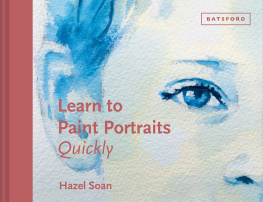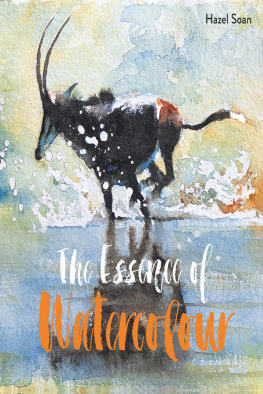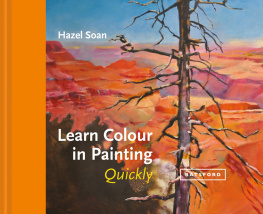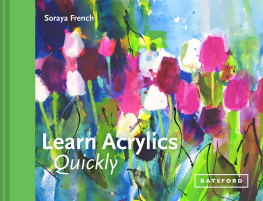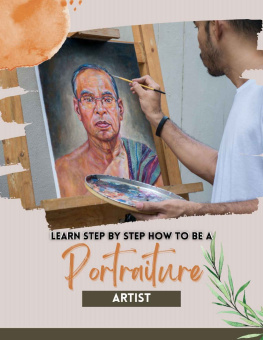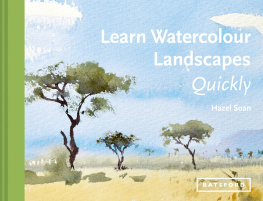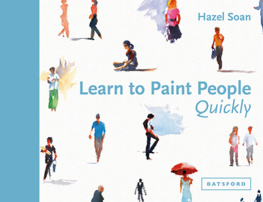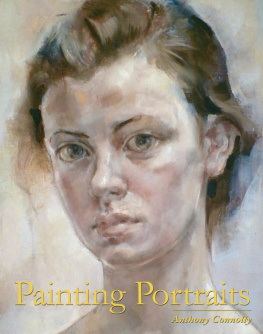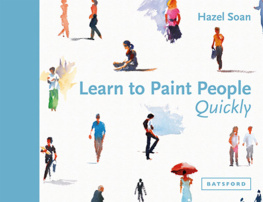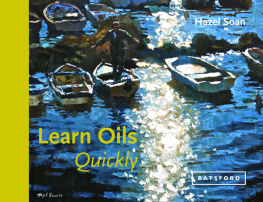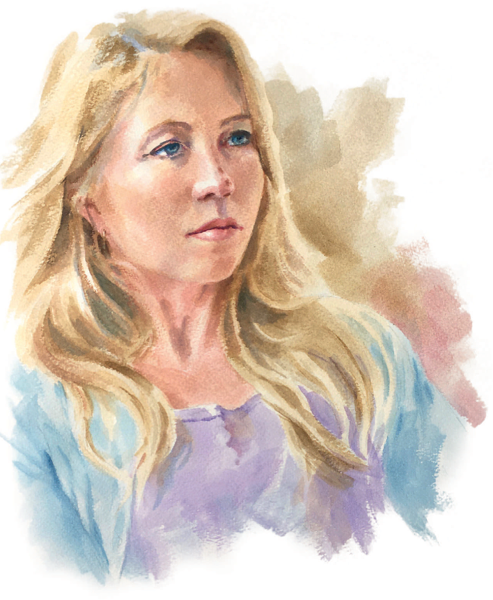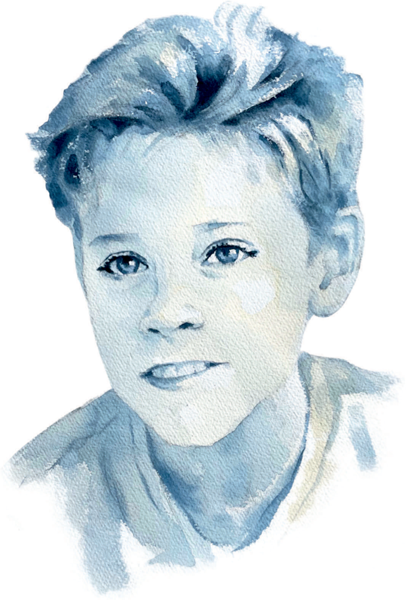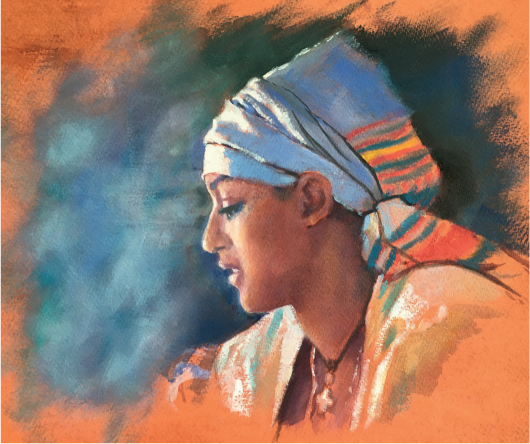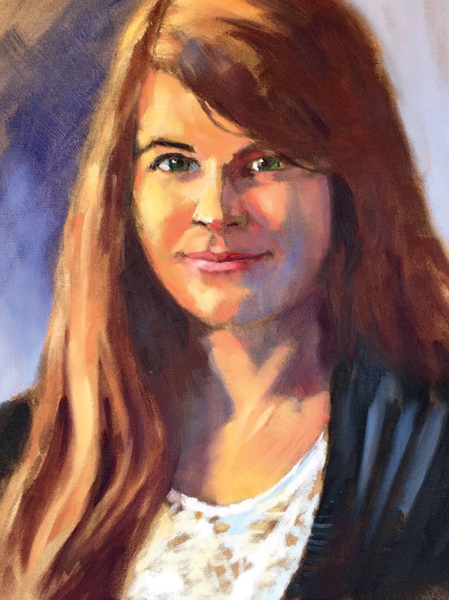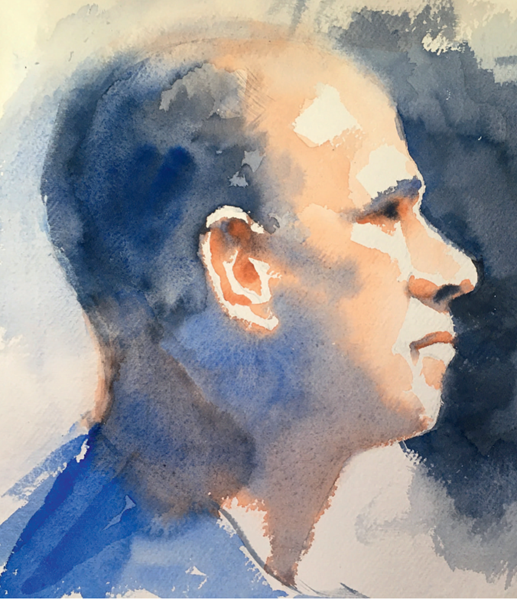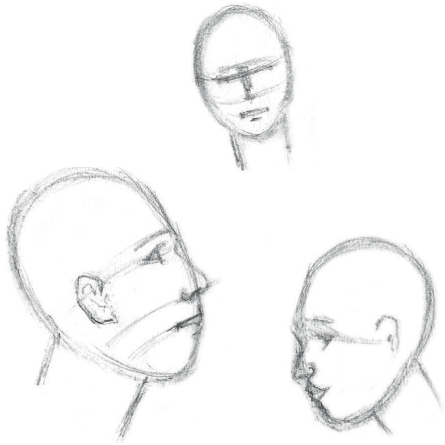Hazel Soan - Learn to Paint Portraits Quickly (Learn Quickly)
Here you can read online Hazel Soan - Learn to Paint Portraits Quickly (Learn Quickly) full text of the book (entire story) in english for free. Download pdf and epub, get meaning, cover and reviews about this ebook. year: 2022, publisher: Batsford, genre: Art / Computer. Description of the work, (preface) as well as reviews are available. Best literature library LitArk.com created for fans of good reading and offers a wide selection of genres:
Romance novel
Science fiction
Adventure
Detective
Science
History
Home and family
Prose
Art
Politics
Computer
Non-fiction
Religion
Business
Children
Humor
Choose a favorite category and find really read worthwhile books. Enjoy immersion in the world of imagination, feel the emotions of the characters or learn something new for yourself, make an fascinating discovery.
- Book:Learn to Paint Portraits Quickly (Learn Quickly)
- Author:
- Publisher:Batsford
- Genre:
- Year:2022
- Rating:3 / 5
- Favourites:Add to favourites
- Your mark:
Learn to Paint Portraits Quickly (Learn Quickly): summary, description and annotation
We offer to read an annotation, description, summary or preface (depends on what the author of the book "Learn to Paint Portraits Quickly (Learn Quickly)" wrote himself). If you haven't found the necessary information about the book — write in the comments, we will try to find it.
Bestselling artist and writer Hazel Soan delivers a concise and approachable guide to portrait painting, with simple exercises and step-by-step demonstrations.
Whether you are using watercolour, oils or acrylic, Learn to Paint Portraits Quickly explains the key elements of catching a likeness in portrait painting in a mixture of mediums. The book is filled with easy-to-follow instructions and step-by-step exercises that can be digested in a short period of time, and written in an accessible way for all artists to learn about portraiture.
The key elements of portraiture covered in this concise book include:
- Finding the likeness
- Creating form the light and shade
- The facial features
- Painting the hair
- Skin tone and colouring
- The body, clothing and background
Illustrated with Hazels magnificent, colourful paintings, and with practical advice and demonstrations throughout, this book is the perfect tool to help beginners master portrait painting quickly.
Hazel Soan: author's other books
Who wrote Learn to Paint Portraits Quickly (Learn Quickly)? Find out the surname, the name of the author of the book and a list of all author's works by series.

